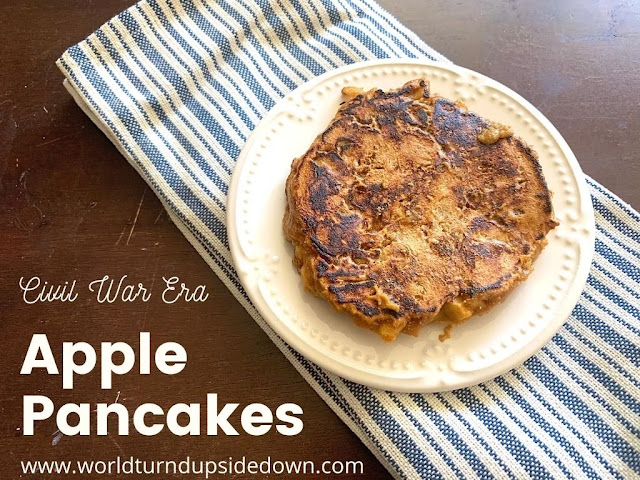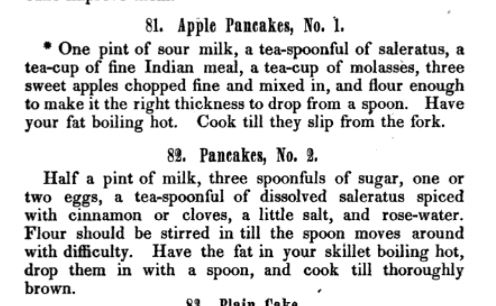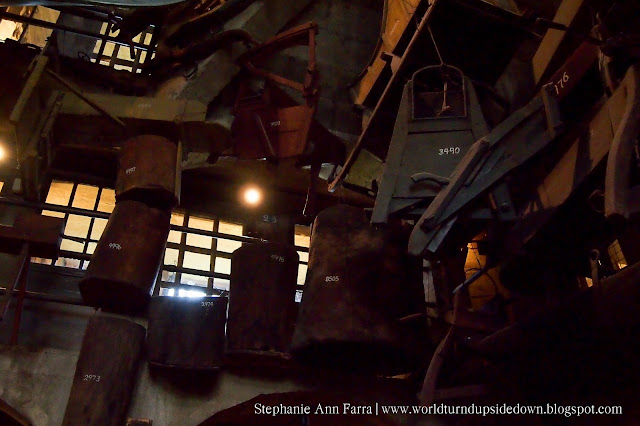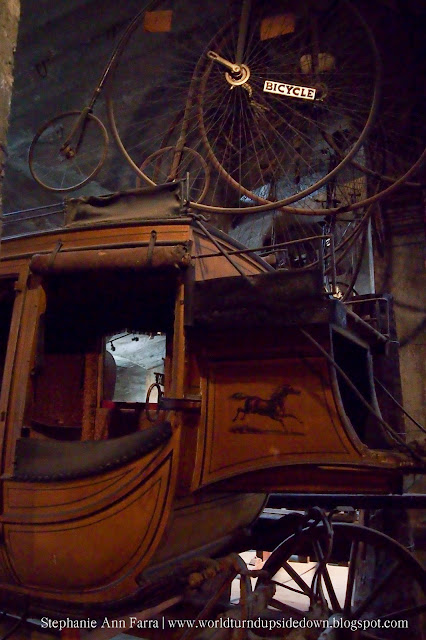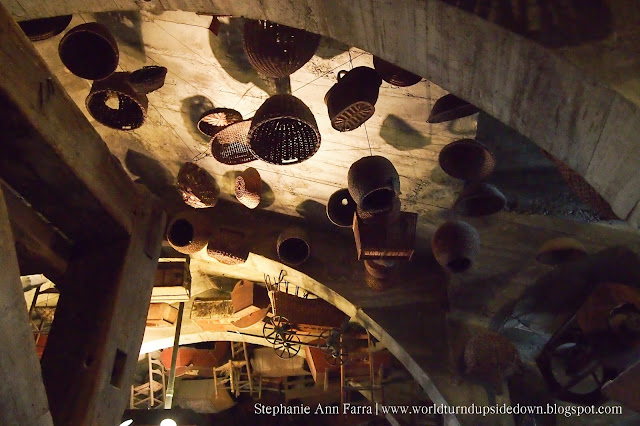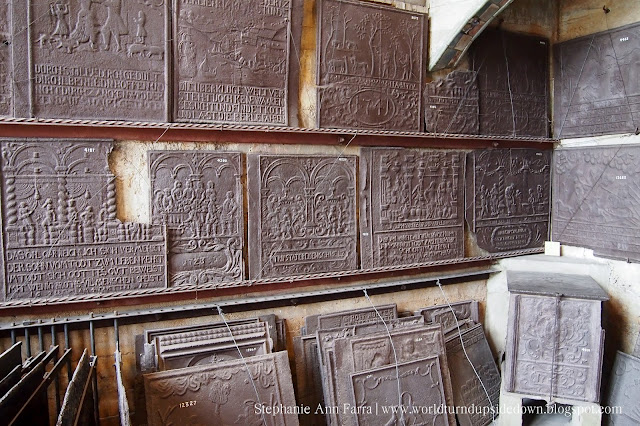Many cookbooks include a recipe for Election Cake. What is it? The hallmark of an election cake recipe is the enormous batch size. Some of the finished cakes weighed over 10 pounds. In the 1700s, Election Cake was a yeast leavened cake with prunes or other dried fruits, intended to feed dozens of people. Sometimes they were made of soft gingerbread. Regardless of the ingredients, Election Cake was frequently served with cider.
Election Cake seems to be derived from "Muster Cake." In the late 1600s and throughout the 1700s, some men were expected to attend military musters for training and were supplied with cake and cider as a reward. In the late 1700s, Election Day was new and a day of celebration. Eligible men who made the trek out to vote were given cake, cider, and alcohol outside of the polls and at parties.
This recipe is from American Cookery by Amelia Simmons, the second edition published in 1796. This book is known for being the first known American cookbook. The full recipe makes a lot of cake. It contains 30 cups of flour and 36 eggs! I cut the recipe by about 1/7! The recipe also assumes you're cooking in the 1700s and that it will take 24 hours for your sponge to rise. It took me about 45 minutes in my 21st century oven. Likewise, if your house is heated in November, you won't have to cream the butter for 30 minutes. When I make this again (even the family liked it) I'll probably add a cup of crushed walnuts.
Colonial Election Cake
- 1 1/2 Sticks Butter
Humble, Nicola. Cake: a Global History. London: Reaktion Books, 2010.
Simmons, Amelia. American Cookery; or, The Art of Dressing Viands, Fish, Poultry and Vegetables and the Best Modes of Making Pastes, Puffs, Pies, Tarts, Puddings, Custards and Preserves, and All Kinds of Cakes from the Imperial Plumb to Plain Cake, Adapted to This Country and All Grades of Life. . 2nd ed. Hartford: Hudson & Goodwin, 1796.
Stradley, Linda. “Election Day Cake History and Recipe,” November 3, 2020. https://whatscookingamerica.net/History/Cakes/ElectionCake.htm.
The above link to American Cookery is an affiliate link. Thank you for helping me keep the fires going!















